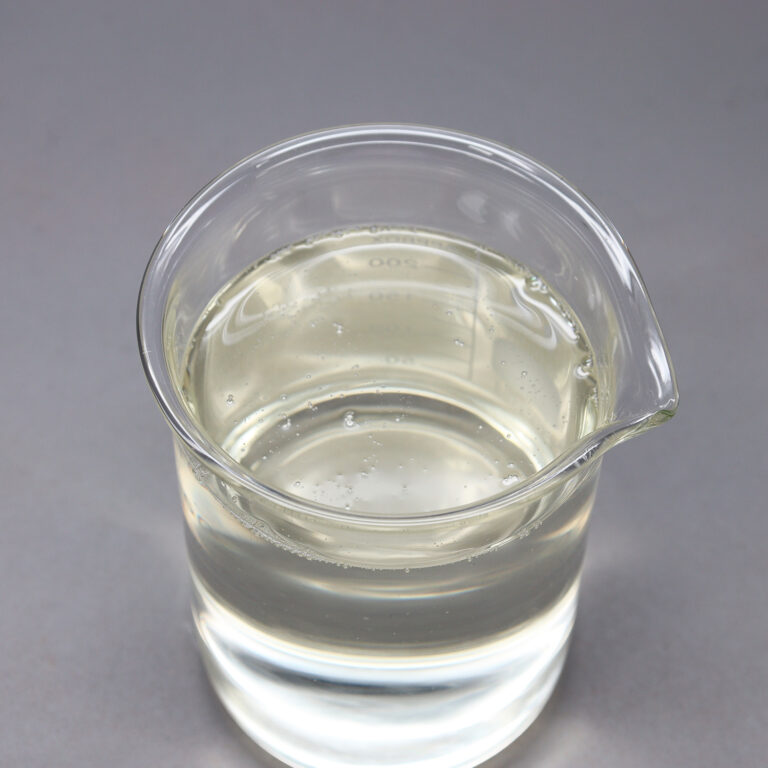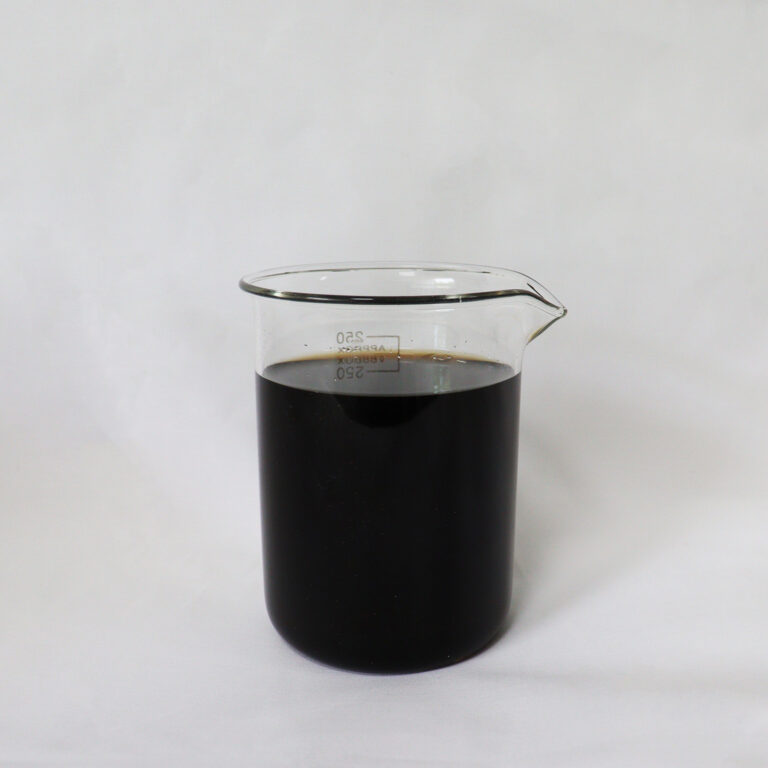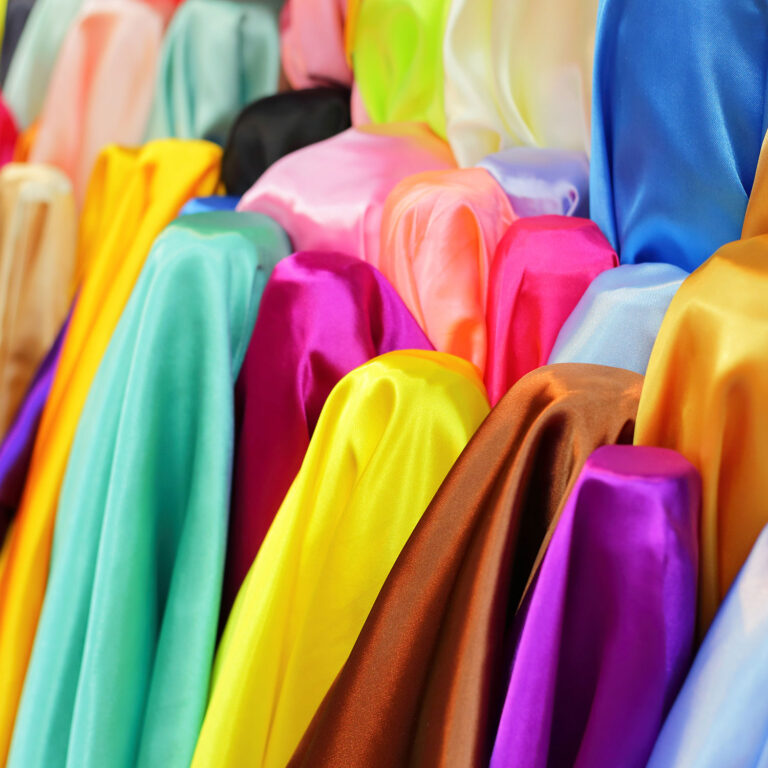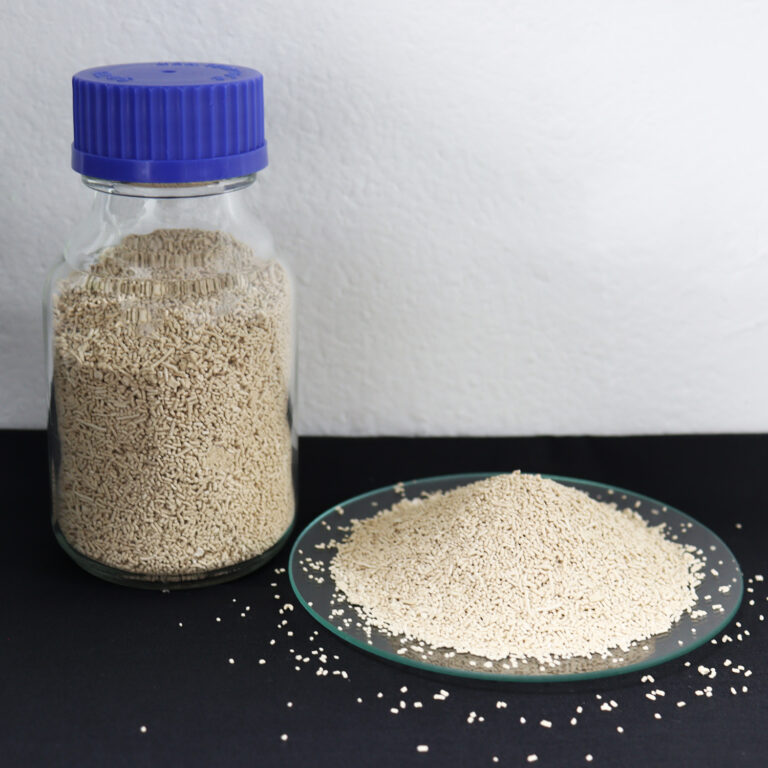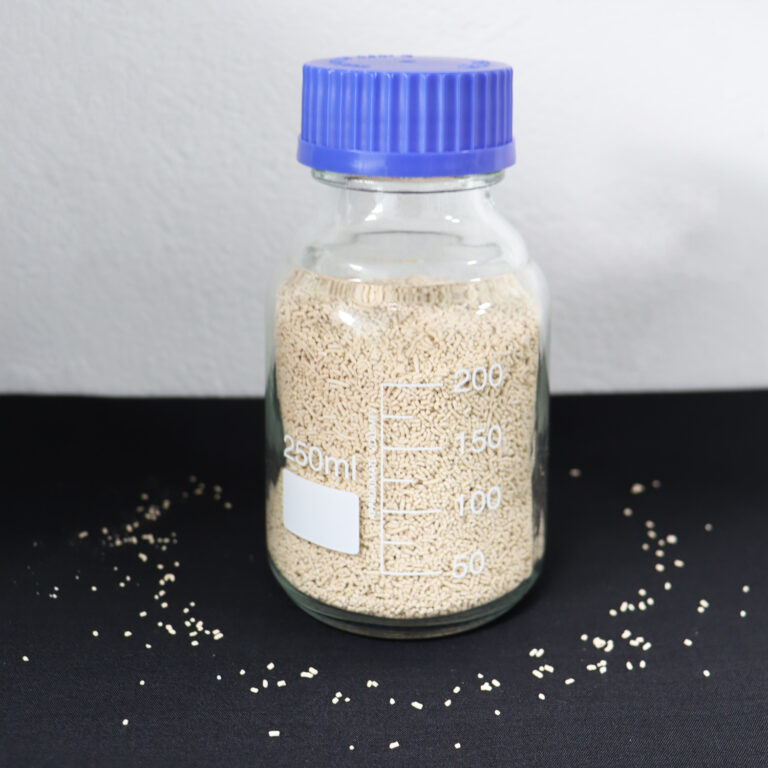Every piece of clothing we wear has been touched by chemistry. From the fibers spun into yarn to the colors, textures, and functional finishes, modern textiles rely heavily on chemical processes to meet the demands of comfort, durability, and style. This article explores the science behind fabrics and how chemistry shapes the way we dress.
1. Chemistry in Fiber Creation
Fibers are the building blocks of all fabrics. They can be natural, like cotton and wool, or synthetic, like polyester and nylon.
- Natural fibers: Chemistry plays a role in cleaning, bleaching, and preparing fibers to absorb dyes evenly.
- Synthetic fibers: These are created entirely through chemical reactions, such as polymerization, to produce materials with specific properties like elasticity, strength, or moisture management.
Without chemistry, fibers would lack the qualities necessary for modern textiles, and many innovative fabrics would not exist.
2. Chemistry in Color and Pattern
The vibrant colors and intricate patterns in fabrics are made possible by chemical dyes and pigments:
- Reactive dyes bind covalently to cellulose fibers like cotton.
- Acid dyes are used for protein fibers such as silk and wool.
- Disperse dyes are essential for synthetic fibers like polyester.
Chemical innovation ensures colors are long-lasting, bright, and resistant to fading, while advanced printing techniques allow for complex designs.
3. Chemistry in Functional Finishes
Modern fabrics often go beyond aesthetics. Chemistry adds properties that enhance the usability of textiles:
- Waterproofing and stain resistance protect fabrics from spills and moisture.
- Wrinkle-free finishes keep clothes looking neat without ironing.
- Flame-retardant treatments make fabrics safer for industrial or household use.
- Antimicrobial finishes prevent the growth of bacteria and fungi, especially in sportswear and medical textiles.
These chemical treatments give fabrics characteristics that meet modern lifestyle and safety requirements.
4. Chemistry and Sustainability
Sustainability is a key concern in today’s textile industry. Chemistry is driving eco-friendly solutions:
- Enzyme treatments replace harsh chemicals in fabric processing.
- Low-impact dyes reduce water pollution.
- Biodegradable finishing agents minimize environmental footprint.
Through these innovations, chemistry ensures that modern fabrics are not only functional and beautiful but also environmentally responsible.


Conclusion
The science behind fabrics demonstrates that chemistry is essential in creating textiles that are stylish, durable, and high-performing. From fiber production to dyeing and finishing, chemistry shapes what we wear every day.
For expert guidance and chemical solutions in textiles, reach out to Meixin Biotech at connie.huang@meixinbiotech.com.
Textile Auxiliaries Industry Articles
The Role of Chemistry in Textile Finishing Processes
The Science Behind Fabrics: How Chemistry Shapes What We Wear
Why Chemistry is Essential for Modern Textiles
The Role of Chemistry in the Textile Industry: An Overview
How Chemistry Enhances Comfort, Durability, and Style in Fabrics
Understanding Textile Auxiliaries: The Hidden Chemistry Behind Fabric Quality
Most Common Chemicals Used in the Textile Industry and Their Functions


